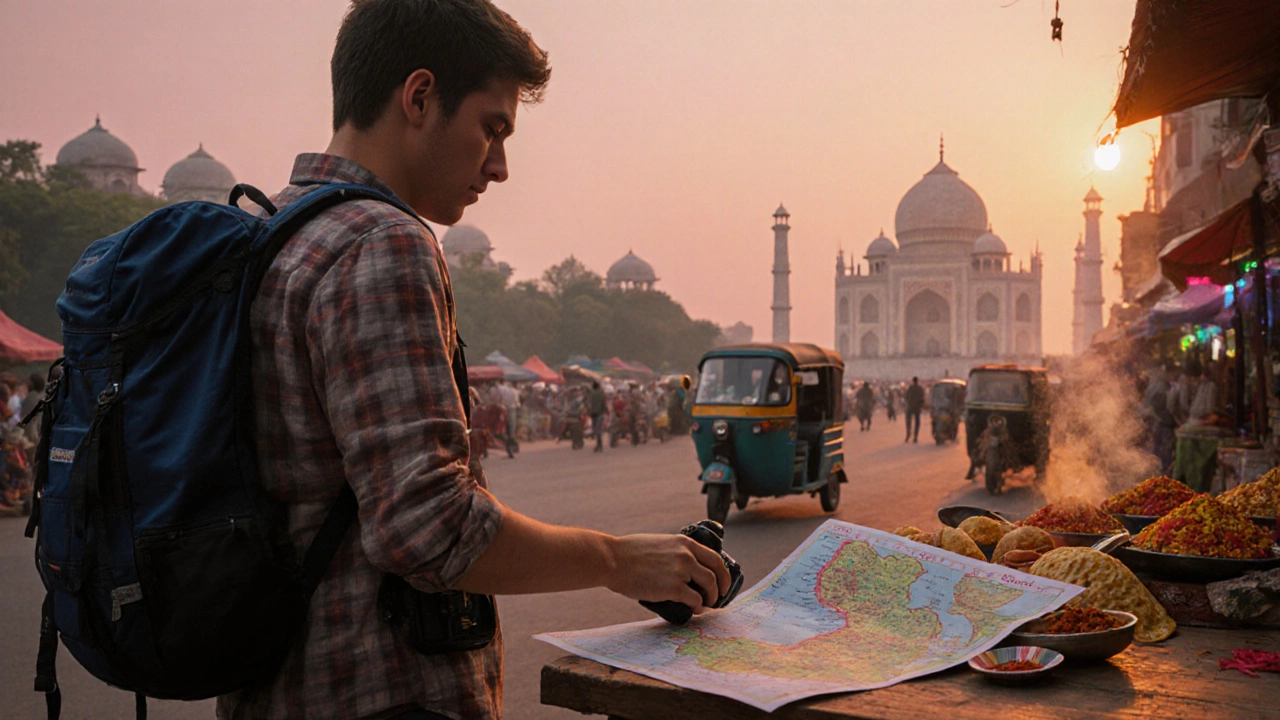
Discover if India is cheap for US travelers with detailed cost breakdowns, budget examples, saving tips, and a handy FAQ for a smart, affordable trip.
Did you know the average traveler in India spends over ₹1.5 lakh on a two‑week adventure? When you break that down, every rupee belongs to a piece of the bigger puzzle called travel expenses, the total cost of a trip, covering transport, accommodation, food, visas, insurance and unexpected extras. Also known as trip costs, it’s the compass that keeps your plans on track and prevents budget shocks. Travel expenses don’t just appear out of thin air; they’re shaped by how you budget, the currency you use, the safety measures you take and the time of year you travel.
First up is travel budgeting, the process of estimating, allocating and monitoring money for each part of a journey. A solid budget lists expected costs, adds a cushion for emergencies and matches your spending style—whether you’re a backpacker or a luxury seeker. Most travelers underestimate food and local transport, so a line‑item plan helps avoid surprises. Next, consider the exchange rate, the value of one currency compared to another, which directly affects how far your money goes abroad. A sudden dip in the INR‑USD rate can add hundreds of rupees to a hotel bill, while a favorable rate can stretch your stay by days. Keeping an eye on real‑time rates, using no‑fee cards, and swapping cash at reputable places can trim that hidden expense.
Safety is another silent cost driver. The travel safety, the set of precautions, insurance policies and health measures taken to protect a traveler factor often dictates whether you need extra travel insurance, vaccinations or special gear. Skipping safety steps might save a few rupees now but can lead to costly medical bills later. Finally, there’s seasonal pricing, price fluctuations in flights, hotels and activities based on the time of year and demand. December, for instance, is tagged as the most expensive month to visit India, with hotel rates and flight tickets soaring. Traveling off‑peak can shave 20‑30% off the total bill, and festivals like Holi or Diwali often bring both special events and premium prices. Understanding how these four elements—budgeting, exchange rates, safety and seasonal pricing—interact lets you forecast realistic travel expenses and make smarter choices.
Below you’ll find a curated set of articles that dive deeper into each of these topics. From practical tips on building a travel budget to the latest exchange‑rate tools, from safety checklists for Indian destinations to strategies for beating high‑season price hikes, the collection equips you with the knowledge to keep your trip costs under control while still enjoying the adventure.

Discover if India is cheap for US travelers with detailed cost breakdowns, budget examples, saving tips, and a handy FAQ for a smart, affordable trip.